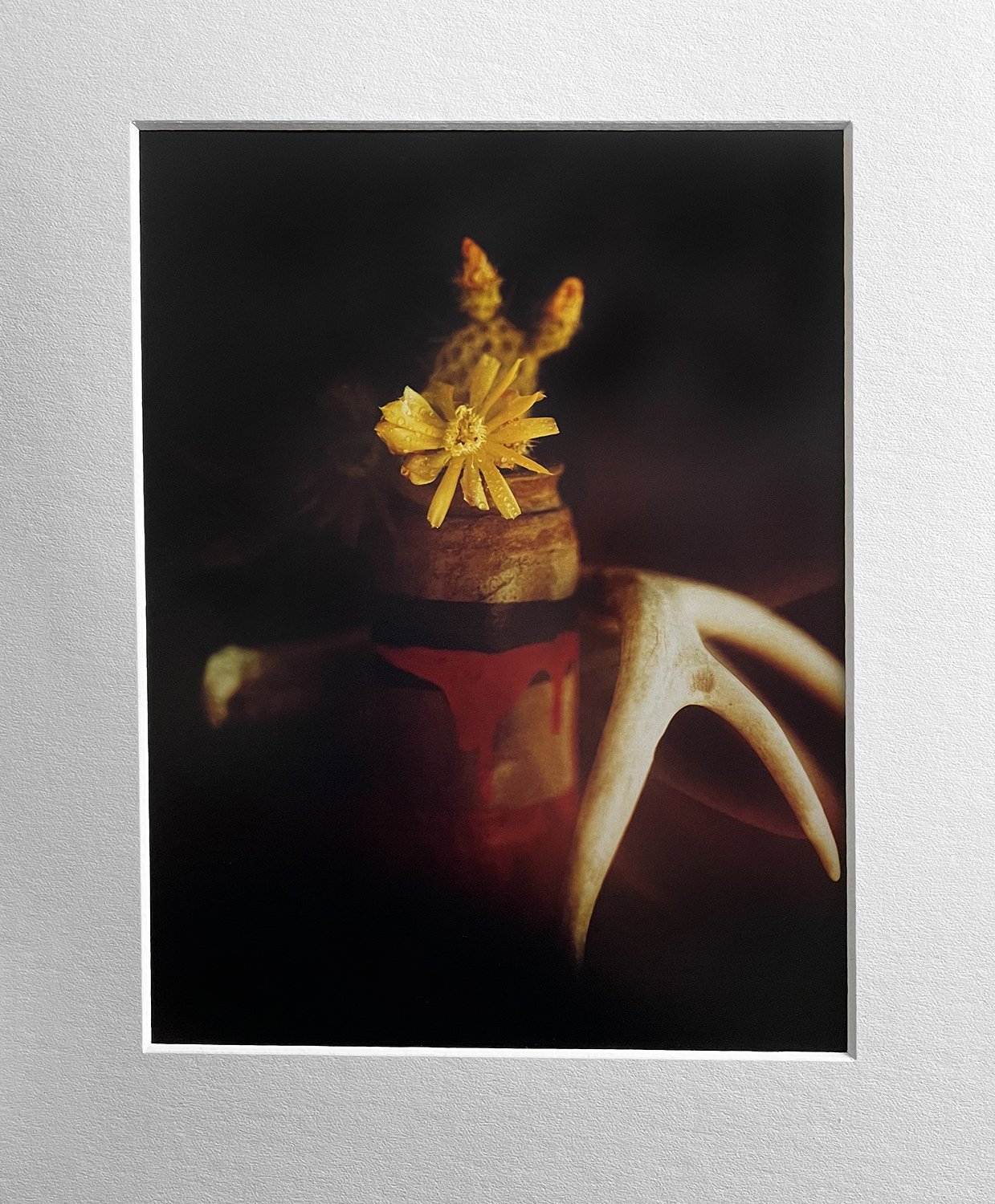“Did you know the uniquely human fear of death has a pervasive effect on human beings’ thoughts, feelings, and behavior? Humans manage the terror of death by adhering to culturally constructed beliefs about reality that provide a sense that one is a person of value in a world of meaning and thus eligible for either literal or symbolic immortality. The quest for immortality underlies some of humankind’s most noble achievements. It also, however, engenders some of our most ignominious affectations, including hostility and disdain for people with different beliefs; attraction to ideological demagogues; indifference to, or contempt for, the natural environment; and the mindless pursuit of material possessions—which, if unchecked, may render humans the first form of life responsible for their own extinction.”
Sheldon Solomon, PhD, Author of "The Worm at the Core: On the Role of Death in Life"
Last year, I had Sheldon as a guest on my YouTube channel. We had a discussion about the importance of Becker's theories for creative individuals, especially photographers. It was a great conversation, and I would like to have him on again.
I have two main objectives for my book: firstly, I want to explain these theories in simple terms that anyone can understand. Secondly, I want to show how these theories were directly involved in the mass killings and massacres of Native Americans during the nineteenth and twentieth centuries in the western United States. Additionally, I explore how these theories impact artists and other creative people, albeit in a slightly different way.
“Did you know the uniquely human fear of death has a pervasive effect on human beings’ thoughts, feelings, and behavior? Humans manage the terror of death by adhering to culturally constructed beliefs about reality that provide a sense that one is a person of value in a world of meaning and thus eligible for either literal or symbolic immortality. The quest for immortality underlies some of humankind’s most noble achievements. It also, however, engenders some of our most ignominious affectations, including hostility and disdain for people with different beliefs; attraction to ideological demagogues; indifference to, or contempt for, the natural environment; and the mindless pursuit of material possessions—which, if unchecked, may render humans the first form of life responsible for their own extinction.”
I’m making most of these color flora prints with the 10” x 10” Chamonix camera and an 1874 Dallmeyer 3B lens.
Let's talk about the concept of meaning in life. For me, meaning implies that our existence has a purpose and makes sense. On the other hand, significance refers to being noticed and considered important. Our greatest fear is to live in a world that lacks meaning and significance, often referred to as "death anxiety." Essentially, we are unconsciously terrified of impermanence and insignificance.
Throughout thousands of years, humans have undergone psychological evolution as part of their overall development. Our brains have evolved to have a large neocortex, but we have also suppressed the awareness of our mortality in order to function in our daily lives. Thomas Ligotti, in his book "The Conspiracy Against the Human Race," said, "For the rest of the earth’s organisms, existence is relatively uncomplicated. Their lives are about three things: survival, reproduction, death—and nothing else. But we know too much to content ourselves with surviving, reproducing, dying—and nothing else. We know we are alive and know we will die. We also know we will suffer during our lives before suffering—slowly or quickly—as we draw near to death. This is the knowledge we “enjoy” as the most intelligent organisms to gush from the womb of nature. And being so, we feel shortchanged if there is nothing else for us than to survive, reproduce, and die. We want there to be more to it than that, or to think there is. This is the tragedy: Consciousness has forced us into the paradoxical position of striving to be unself-conscious of what we are—hunks of spoiling flesh on disintegrating bones." It is a paradox. We possess incredible intelligence, yet we are aware that we will eventually die. This is a difficult reality to accept, and we tend to deny and reject it. However, death is an inevitable part of life for all of us.
The “scene” photographed with an iPhone to give you an idea of my working environment.
So, how do we deal with this existential dilemma? The answer lies in culture. Every culture, and there are countless diverse cultures around the world, provides its people with ways to alleviate their death anxiety or existential dread. These "cultural worldviews," as Becker calls them, serve as intricate distractions or illusions that prevent us from consciously dwelling on the subject of death (especially our own). You may be reading this right now and thinking, "What is he talking about? I rarely think about death; I don’t have death anxiety!" Exactly. That means you have a cultural worldview you are clinging to tightly and are ensconced in—protected from the thoughts of death by the cultural constructs you believe in and participate in—and it works well!
What are these cultural worldviews? They are anything that your in-group shares as reality. It’s what you and the people around you believe to be important. The most potent are religion, politics, nationalism, family (having children), money, fame, looks, etc. These worldviews usually provide ways to gain symbolic or literal immortality and give us a road map to follow in our lives. Ernest Becker said, "No wonder men go into a rage over fine points of belief: if your adversary wins the argument about truth, you die. Your immortality system has been shown to be fallible; your life becomes fallible." Cultures reward good behavior (things that the group believes in) and punish bad behavior. Remember, what’s “good” or “bad” in your culture may be very different from someone else's. Read about the “Flute Ceremony” versus the “Bar Mitzvah” in Sheldon’s book “The Worm at the Core: On the Role of Death in Life.” This is where the conflict begins.
In order for us to get out of bed in the morning, we need meaning. And we need to feel like we are part of something important. If we don’t have meaning and significance, there’s a good chance we’ll fall into depression and other mental health issues. The takeaway is this: Be conscious of what you’re choosing to lean on—your cultural worldview—to bolster your self-esteem and stave off existential dread; it can lead to good things or bad things. It’s very easy to adopt the malignant worldviews of racism, hate, scapegoating, and othering. It’s easy to fall into the cultural trap of treating people who are different from you badly. If we’re conscious of these psychological pressures, we can make good choices and allow other people to find good, healthy, non-destructive ways to buffer their death anxiety. Awe, gratitude, and humility go a long way as buffers and do no warm to other people.
“For the rest of the earth’s organisms, existence is relatively uncomplicated. Their lives are about three things: survival, reproduction, death—and nothing else. But we know too much to content ourselves with surviving, reproducing, dying—and nothing else. We know we are alive and know we will die. We also know we will suffer during our lives before suffering—slowly or quickly—as we draw near to death. This is the knowledge we “enjoy” as the most intelligent organisms to gush from the womb of nature. And being so, we feel shortchanged if there is nothing else for us than to survive, reproduce, and die. We want there to be more to it than that, or to think there is. This is the tragedy: Consciousness has forced us into the paradoxical position of striving to be unself-conscious of what we are—hunks of spoiling flesh on disintegrating bones.”
“Flowering Prickly Pear Cactus and Water Vase,” 10” x 10” (25,4 x 25,4 cm), RA-4 Reversal Direct Color Print, July 7, 2023. If you look close, you can see what I’m experimenting with. I exposed the paper backwards—exposing through the paper—and then exposed it again with the emulsion forward. It looks really great in your hand.









